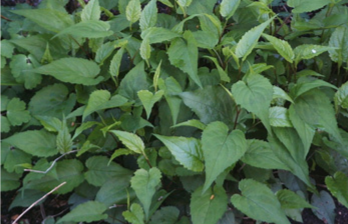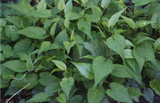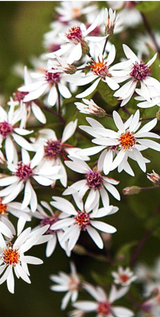- 2024 Native Trees
- >
- Herbaceous Plants
- >
- White Wood Aster (Symphyotrichum divaricatus)
White Wood Aster (Symphyotrichum divaricatus)
Height: 2 to 3 feet
Bloom Time: August to October
Bloom Description: White with yellow or rose-colored centers
Sun: Shade to full sun
Attracts: Pollinators, songbirds, small mammals, specialized bees
Aster Family
Native to Jefferson County
It isn’t often that a flowering perennial will grow and flower in dry, shady places, making White Wood aster an excellent choice for hard to plant areas.
Found naturally in eastern coastal states and inland, White Wood aster can tolerate a wide range of growing conditions, although it prefers partial to full shade and moist to dry soils. It blooms best with about three hours of sun, producing large numbers of blooms.
The features of White Wood aster make it an attractive plant many types of garden settings—shade gardens, wildlife gardens, water-wise landscapes, dry meadows, perennial borders, and restoration projects. It has a low mounding habit with a spread of up to three feet, and often colonizes by rhizomes. Similar to the New York aster, it is also a valuable late season food source for honeybees and other pollinators.
After the plant has gone to seed, it is an attractant for songbirds including finches, chickadees, and sparrows. Twelve species of butterflies and moths use the plant as a caterpillar host plant, including the Silvery Checkerspot and Pearl Crescent butterflies. ■





